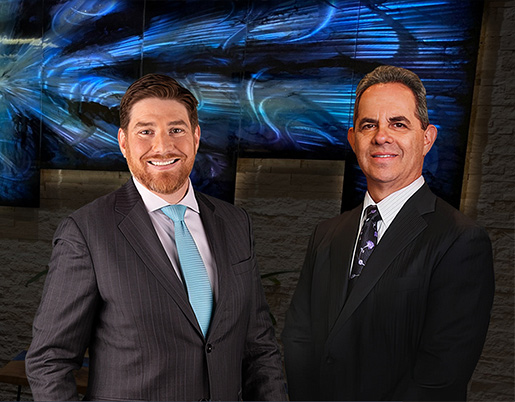 In September 2019, the NHTSA was asked to initiate an investigation into certain Tesla Model S and Model X vehicles that received a revised battery management software update in one or more over-the-air updates from Tesla, beginning in May 2019. The petitioner based his request on vehicle fires that took place worldwide and over the air software updates Tesla made to the Battery Management System (BMS) of certain Tesla vehicles that resulted in loss of available vehicle mileage range and increased charging duration’s.
In September 2019, the NHTSA was asked to initiate an investigation into certain Tesla Model S and Model X vehicles that received a revised battery management software update in one or more over-the-air updates from Tesla, beginning in May 2019. The petitioner based his request on vehicle fires that took place worldwide and over the air software updates Tesla made to the Battery Management System (BMS) of certain Tesla vehicles that resulted in loss of available vehicle mileage range and increased charging duration’s.
The five non-crash fires referenced in the petition include two fires that occurred in China in early 2019 involving vehicles that:
- Had recently completed Supercharging sessions.
- Were at a high state-of-charge (SOC) of the HV battery.
- Were parked with the battery cooling system shutoff.
- Had histories of high-stress usage for the HV batteries.
The three fires that occurred outside China did not involve the same patterns regarding vehicle state and charging history. The two fires that occurred in the United States include one involving a vehicle with no Supercharging history that was driving when the fire occurred and another in which the origin of the fire was external to the HV battery. The fifth fire, which also originated external to the HV battery, involved a vehicle in Germany that had been parked at a low SOC for an extended period. To date, incidents of fires involving parked vehicles with recent Supercharging and histories of high-stress use have only been observed in China, where high-stress use factors appear to be more common.
Given the absence of any incidents in the United States related to fast charging, and the absence of any such incidents globally since May 2019, the petition has been denied. The denial of this petition does not stop the Agency from taking further action if future findings find that a safety defect exists based on additional information received. NHTSA could initiate a recall if they find a defect in the design, construction, or performance of a motor vehicle that presents an unreasonable risk to safety.






